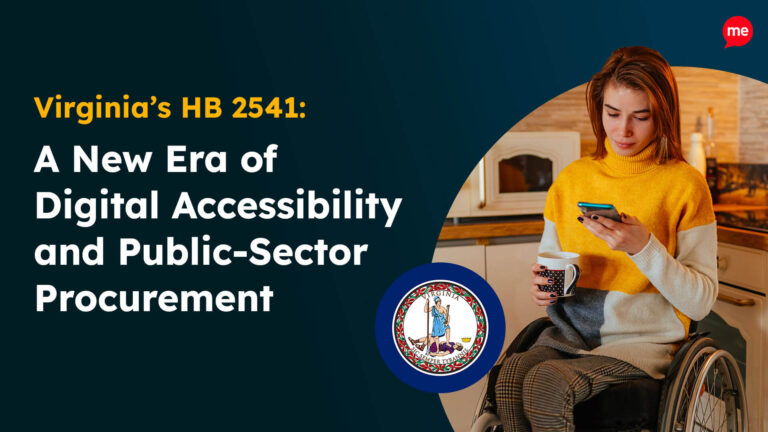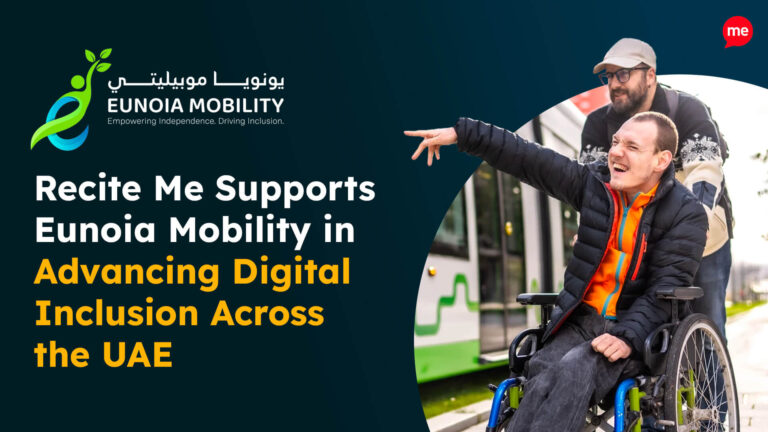In today’s digital age, the internet has become an integral part of our daily lives & culture, providing pathways to information, products, and services from all corners of the world. However, for individuals with disabilities, accessing information and using online services can be a challenging experience.
Did you know that over 1 billion people worldwide are unable to access or use the information on your website if it’s not designed with accessibility in mind?
What is Website Accessibility?
Having an accessible website refers to the ability of people with disabilities to easily use and navigate sites effectively. We rely on the internet so much these days that it’s become somewhere many of us turn to complete day-to-day tasks like shopping, banking, and paying bills within just a few clicks. But we also go online for more complex tasks like applying for jobs, booking vacations, and finding information about local services, etc.
For individuals with disabilities, inaccessible web pages create barriers, making it difficult or impossible to acquire critical information. This can lead to feelings of frustration, exclusion, vulnerability, and discrimination.
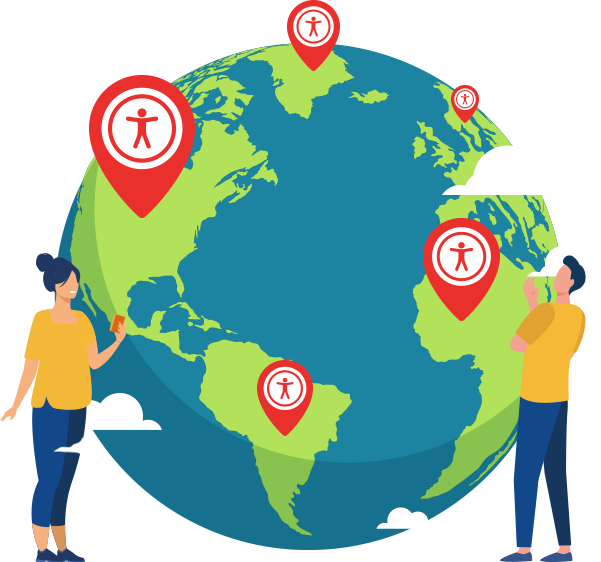
Why do we need to have Accessible Websites?
There are three primary reasons why companies should prioritize web inclusion:
- It’s the right thing to do.
- A website made for everyone can reach an increased audience.
- Having an inclusive website is a legal requirement in many countries.
Let’s look at each of these factors in greater depth to provide more context.
Doing the Right Thing
Designing an accessible website is the right thing to do because inaccessible web pages create unnecessary obstacles for people with disabilities, limiting their route to information, products, and resources.
By being digitally inclusive, we can accommodate physical differences and a wide range of hidden disabilities like cognitive and neurological disorders, visual impairments, learning difficulties, and those who speak English as a second language. People with disabilities make up the largest minority group in the world, and statistics show that on a global scale:
- 15-20% of the population is neurodivergent (My Disability Jobs).
- 2.2 billion people have vision impairments (WHO).
- Learning difficulties affect at least 20%, with over 15% alone being dyslexia related (The Reading Well).
- 87% of the global population speaks a language other than English as their mother tongue (Babbel).
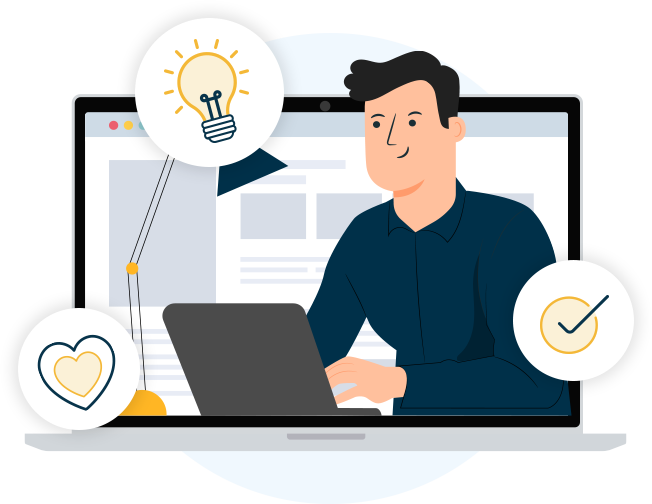
However, not every online barrier is lifelong. They can also be temporary or situational. So taking steps to make your website more accessible helps everyone.
 “Web accessibility isn’t just about disabled users being able to access your website — it’s about everyone being able to access your website.”
“Web accessibility isn’t just about disabled users being able to access your website — it’s about everyone being able to access your website.”
Trenton Moss, CEO, Webcredible
Let’s take the example of a person who is unable to use their right arm. This may be a lifelong situation for some, but for others, it may be a temporary result following an accident or a situational difficulty due to non-related circumstances.
The Business Benefits of an Inclusive Website
Making your website barrier-free is an essential consideration for businesses and organizations looking to reach a broader audience and ensure their products and resources are available to everyone. It’s not all about the bottom line, although revenue is undoubtedly a contributing factor because:
- People with disabilities control $8 trillion in annual spending (Medium).
- The friends and family of disabled people add additional 3.4 billion potential consumers, increasing the total annual disposable income to $14 trillion (Return on Disability).
- The spending power of disabled people and their families is rising by 14% per year (Purple Tuesday).
By making your digital platform inclusive, businesses can also improve their brand reputation, improve customer satisfaction scores, and increase their market share. Specific benefits include:
- Building a portfolio of loyal brand ambassadors – The more people that have positive experiences with your brand, the more loyalty, and word-of-mouth recommendations you’ll get.
- Demonstrating corporate social responsibility and community support – Accessibility overlaps with a customer’s financial decision as well! Modern consumers are becoming increasingly socially conscious in their purchasing habits, with 52% considering a company’s values when making a purchase.
- Achieving better SEO results – The Web Content Accessibility Guidelines (WCAG) overlap with SEO best practices and ranking algorithms more than people think. According to case studies, sites with inclusion have better search results, reduced maintenance costs, and an increased audience reach, among other advantages. Learn more about SEO and Web Accessibility benefits here.
Web Accessibility Laws and Legislation
Every country has its own set of website accessibility laws. Typically, all digital products with accessibility stipulations fall under the remit of pre-existing disability and equality legislation. A few examples include:
- The Americans with Disabilities Act (USA)
- Accessible Canada Act (CAN)
- The Equality Act (UK)
- The European Union Directive (EU)
- Disability Discrimination Act (AUS)
Failure to comply with or meet minimum accessibility standards on your site can result in lawsuits, fines, and damage to a business’s reputation.
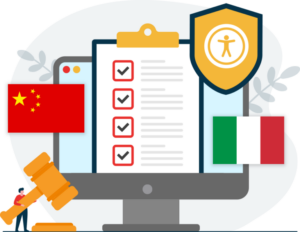
Common Accessibility Issues and How to Fix Them
The typical internet user now spends over 40% of their waking life online. For many of us, that’s because we use the internet and apps as easy and hassle-free tools for completing daily tasks, communicating with loved ones, and conducting extensive research into hobbies, activities, entertainment, leisure pursuits, etc.
Can you imagine not having access to all the websites and apps you need to make that possible? That’s the exact reality people face when your website is inaccessible.
Website Accessibility Barriers Explained
An online barrier to accessibility will occur whenever an element of a website’s design or presentation makes it difficult to read or interact with the content. Users usually struggle for one of four main reasons.
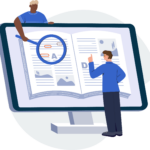

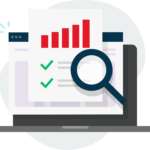
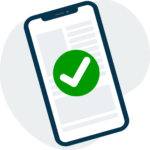
Reading
- People with vision problems like partial blindness, color blindness, and deafblindness cannot read information online when the font type, sizing, and spacing are unsuitable.
- Those with severe visual impairments need to use a screen reader to have content read aloud.
- Users with learning difficulties like dyslexia, dyspraxia, and hyperlexia struggle with reading due to insufficient color contrasts between the text and background.
Comprehension and Understanding
- Website visitors who speak English as a second language may need translation assistance to comprehend content.
- Those with hearing impairments are denied audio information when on-page video content is not presented with captions.
- Visually impaired users may struggle to find context when images are missing suitably descriptive alt tags.
Navigating the Platform
- People with cognitive and neurological disorders cannot follow the flow of information if a website isn’t clearly written and doesn’t run in a logical order.
- Website visitors with learning difficulties like ADHD cannot find the information they need on poorly formatted web pages.
- Those with physical disabilities may be unable to find their way around your website if keyboard navigation isn’t an option.
Trust Barriers
- Site visitors with epilepsy and other conditions that cause disorientation and confusion could be triggered into a seizure by fast-moving image carousels and videos.
- Those who already feel marginalized in life will simply click away from a website as soon as they realize it’s incompatible with their needs, further compounding their vulnerability.
3 Steps to Fix and Remove Digital Access Barriers
Many businesses shy away from making adjustments for inclusion as they consider them too complicated or expensive. But on the contrary, many solutions are simple and easy to execute. Here is a list of steps to work through.
Know What’s Expected
You can’t improve if you don’t know what you’re doing wrong. You’ll need to check the legislation that applies to your organization and familiarize yourself with the Web Content Accessibility Guidelines (WCAG). WCAG 2.1 Level AA is typically the minimum reference point for organizations looking to make their digital platforms accessible. Plus, making adjustments with WCAG 2.1 means you’ll automatically check the criteria required for national legal compliance.
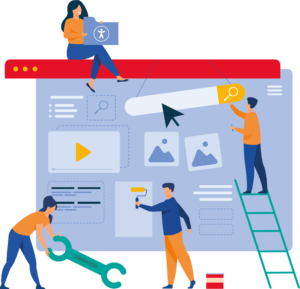
Update Your Website Design
There are several design and development considerations involved in building an inclusive website. The basic ‘must have’ features needed to ensure inclusive online journeys for everyone include:
- An inclusion-focused content management system.
- Properly structured content.
- Alternative text on images.
- Descriptive names on links.
- Captions and transcripts for audio and video content.
- Sufficient color contrast
- Clear and consistent navigation – including keyboard-only navigation.
- Accessible forms and downloads.
- Responsiveness across a range of devices (mobile, tablet, PC).
For more information, tips, and actionable processes to work through, download our free Online Accessibility and Inclusion Toolkit.
Invest in The Right Technology
A ‘big-bang’ audit route might feel like a viable option for organizations with deep pockets, but they’re rarely well suited to smaller companies. Plus, they tend to have short-term actionability.
At Recite Me, we know your website is constantly changing as content is updated, edited, and removed. And we understand that can make the process of becoming inclusive feel overwhelming. That’s why we’ve developed a suite of dedicated accessible tools to help you navigate the process.
How to Make Your Website Inclusive
Recite Me’s innovative suite of inclusive on-demand tools makes websites accessible and inclusive for a diverse range of people.
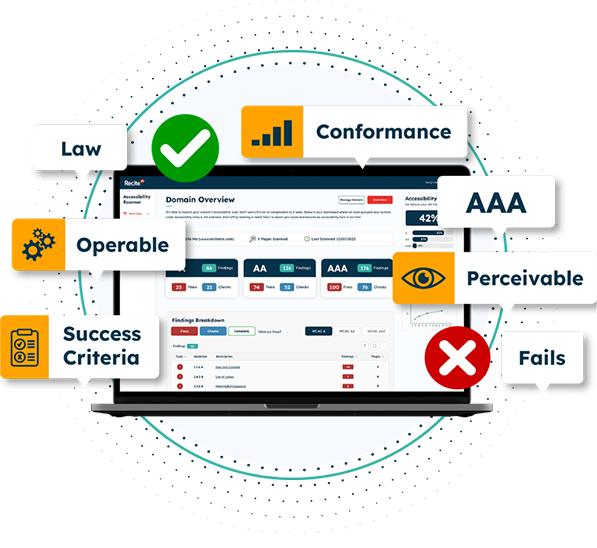
The Recite Me Checker
The Recite Me Checker audits the back-end and front-end of web applications and development processes by running 396 separate compliance scans in line with WCAG 2.1 and breaking down the issues you should be working to fix.
However, it’s worth noting that even if your website is accessible, it may not be inclusive. True inclusion comes from giving people as many choices as possible so they can customize your site and consume the information in a way that’s tailored to their needs. That’s where the Recite Me Toolbar comes in.
“Accessibility guidelines are there to help us make websites more accessible. But they aren’t the be-all and end-all of accessibility.” – Nicolas Steenhout, Consultant in Inclusion, Accessibility, and Disability.
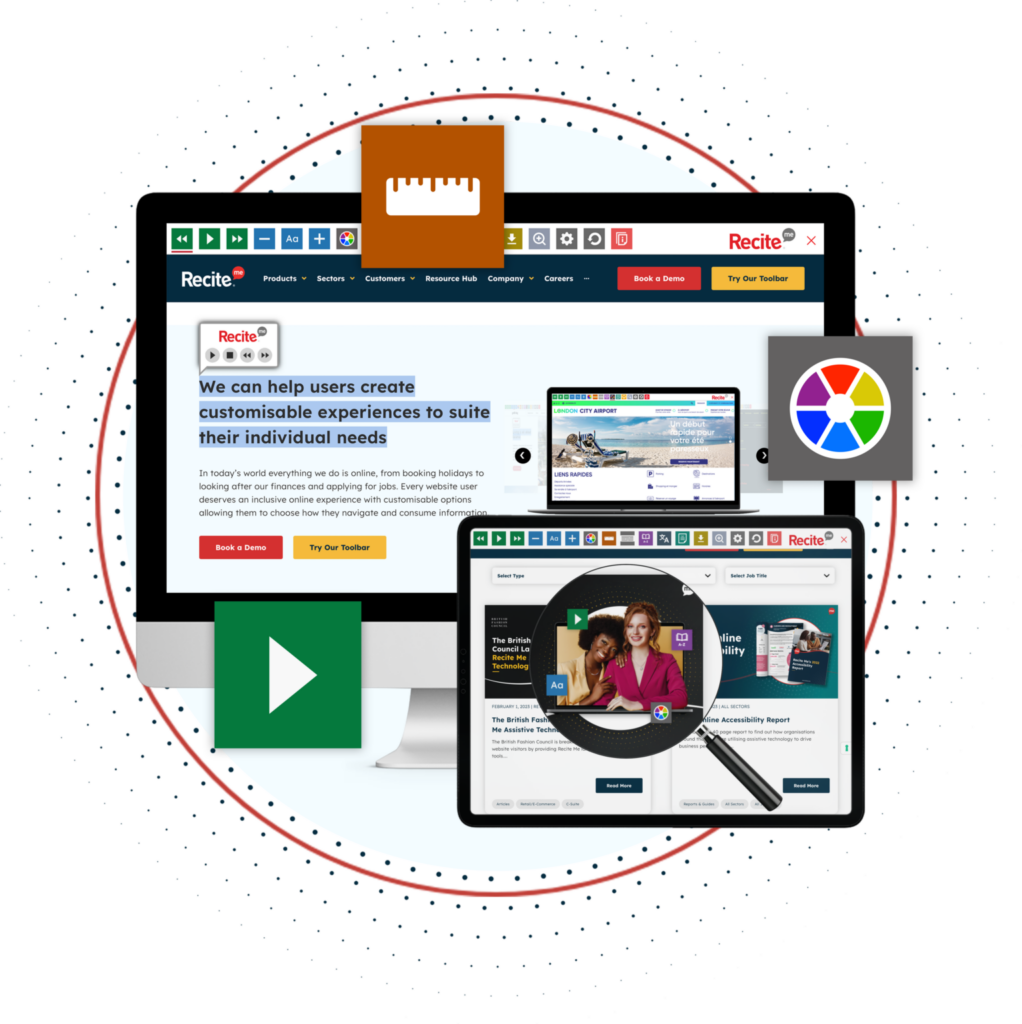
The Recite Me Assistive Toolbar
The Recite Me Toolbar promotes inclusivity by allowing end users with sight loss, cognitive impairments, learning difficulties, physical disabilities, and varying linguistic needs to access your website in line with their individual needs and preferences.
When website visitors open a webpage equipped with the Recite Me toolbar, it pops up automatically, alerting them that our technology is available and that the site is a safe and welcoming space for them to enter. Functions include:
- Fully customizable text size, font, and spacing.
- The ability to change text color and background color contrasts.
- A screen mask to provide color tinting and block visual clutter.
- Additional reading aids such as an on-screen ruler and text-only mode.
- Text-to-speech functions in 65 languages.
- A real-time translation feature catering to over 100 languages
Start Your Web Inclusion Journey Today!
Join the thousands of websites that already use Recite Me technology to provide more equitable online experiences. Together, we can all help create a better digital world where everyone feels included.
Our team is here to help you on your mission to provide more inclusive online experiences. Get started on your online inclusion strategy today by working through these action points:
- Contact our team for more advice on web accessibility legislation and WCAG standards.
- Run a free check of your website for WCAG 2.1 AA compliance.
- Schedule a free toolbar demonstration to see the real-world difference our toolbar can make to your customers.

